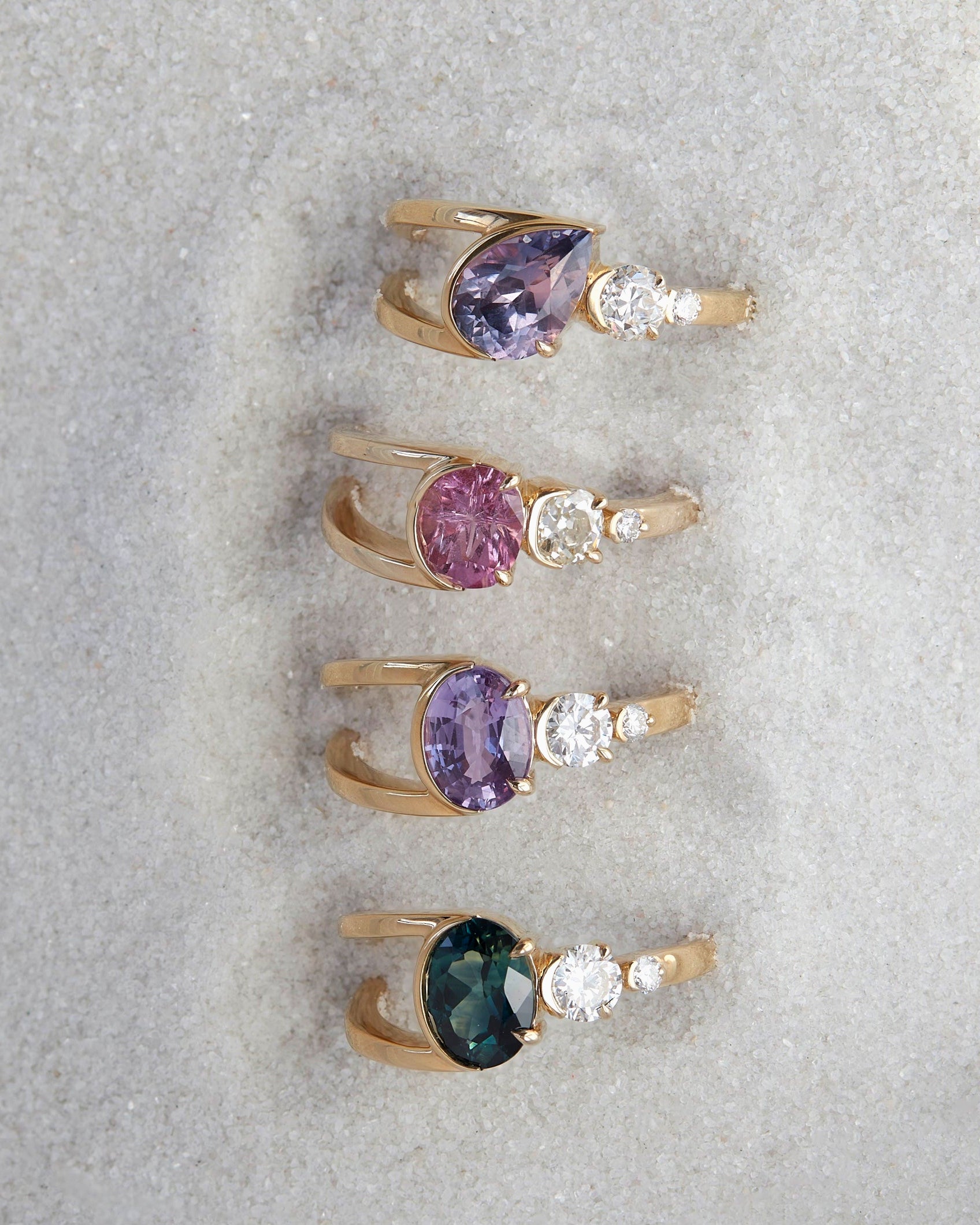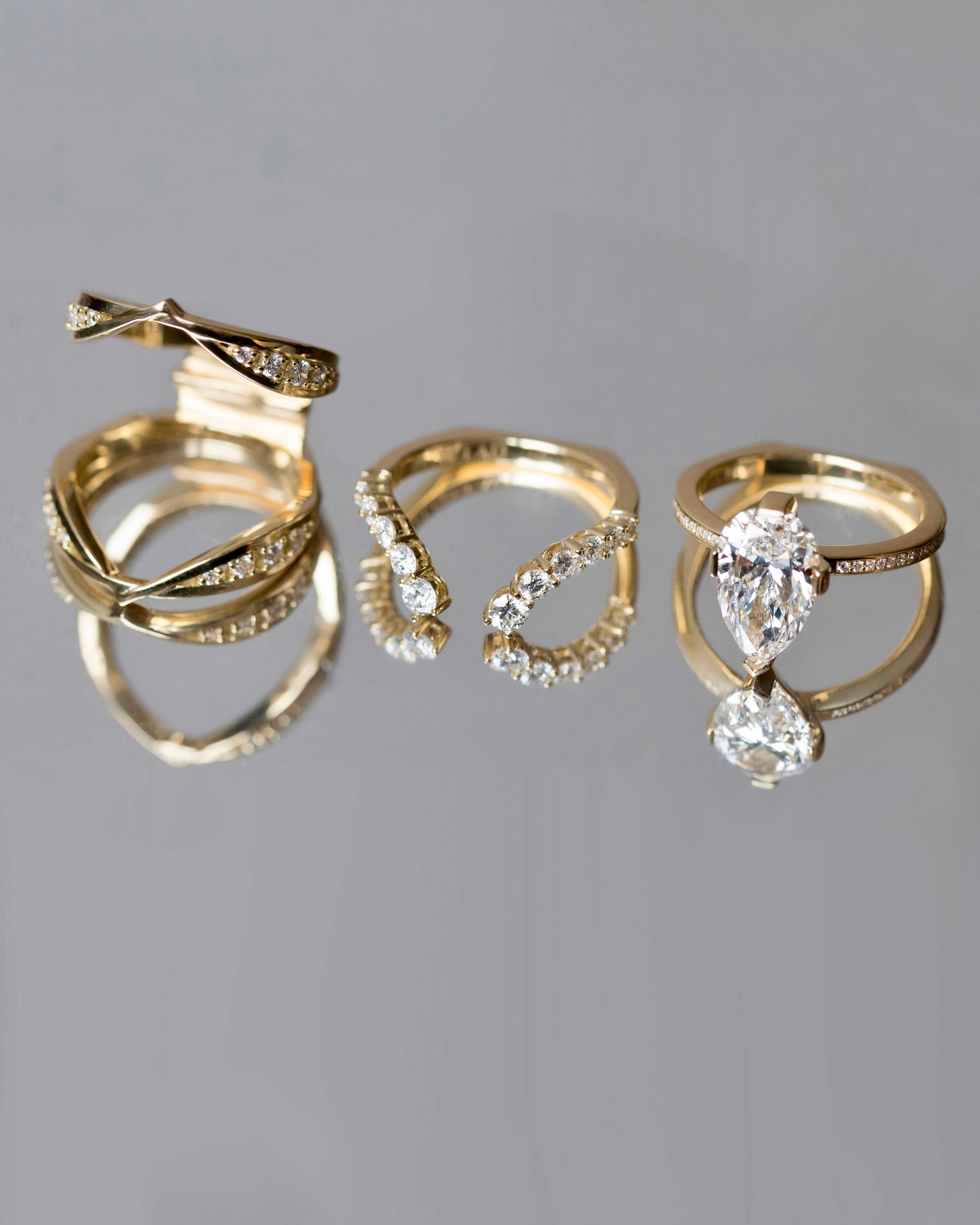
BLISS LAU STUDIO
195 Plymouth Street, Suite 603
DUMBO Brooklyn, NY 11201
(646) 666-0411
Open Monday - Friday 11am - 6pm
Email hello@blisslau.com or call (646) 666-0411 to schedule an appointment.
Insured SHIPPING
Complimentary Jewelry Cleaning
Personalized Service
Secure payments



